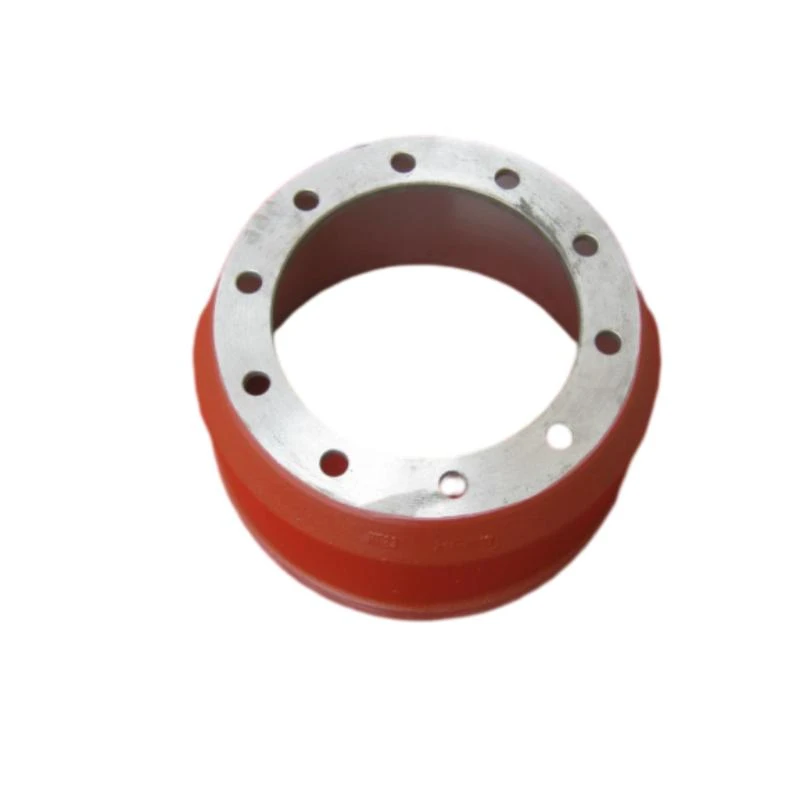Nov . 09, 2024 00:21 Back to list
Common Signs of Brake Drum Issues to Watch For
Understanding Brake Drum Symptoms Key Indicators of Potential Issues
When it comes to vehicle safety, the braking system is paramount. Among its components, the brake drum plays a crucial role, especially in vehicles equipped with drum brakes. Recognizing the symptoms of brake drum problems early can prevent more severe issues down the line. This article will explore common brake drum symptoms and what they signify for your vehicle's performance and safety.
1. Unusual Noises
One of the first symptoms drivers may notice when their brake drums are failing is unusual noises. This can include grinding, squealing, or popping sounds when applying the brakes. A grinding noise often suggests that the brake shoes have worn down significantly and are making contact with the drum metal. This condition can lead to more severe damage if not addressed promptly.
Squealing noises, on the other hand, may indicate that your brake shoes are equipped with wear indicators designed to alert drivers of necessary replacement. If you hear these sounds consistently when braking, it’s time to have your braking system inspected by a professional.
Experiencing vibrations through the brake pedal or steering wheel during braking can signify an issue with the brake drum. This could be caused by a warped drum, which may occur due to excessive heat generated from prolonged braking or heavy use. A warped drum causes uneven contact with the brake shoes, leading to a pulsating sensation during braking. Ignoring this symptom can further compromise braking efficiency, affecting overall vehicle safety.
3. Decreased Braking Performance
brake drum symptoms

A noticeable decline in braking performance is a significant symptom that should never be overlooked. If you find that your vehicle takes longer to stop or if the brakes feel less responsive, it may indicate that the brake drum or the associated components are wearing out. This can result from a variety of issues, including worn brake shoes, leaks in the hydraulic system, or a failing master cylinder. It’s crucial to address these issues immediately, as decreased braking performance can increase the risk of accidents.
4. Pulling to One Side
If your vehicle tends to pull to one side when braking, this may suggest a problem with the brake drum on that side. Uneven wear or malfunction in the braking components may cause this pulling effect. This issue not only affects the comfort of driving but can also lead to further complications such as tire wear and alignment issues. It’s essential to investigate this symptom promptly to ensure safe operation.
5. Visible Damage
Regular inspections can reveal visible signs of damage to the brake drums, including cracks, scoring, or discoloration. Any signs of physical damage indicate that the drum may need replacement. Additionally, check for excessive rust or corrosion, which can also compromise the drum's integrity. Addressing visible issues early helps avoid more extensive repairs and enhances safety.
Conclusion
Understanding brake drum symptoms is critical for maintaining vehicle safety and performance. If you encounter any of the aforementioned issues, it’s advisable to consult a certified mechanic as soon as possible. Regular maintenance and timely addressing of brake problems not only prolong the life of your vehicle but also ensure a safe driving experience for you and others on the road. Remember, when it comes to brakes, it’s better to be safe than sorry.
-
Scania Brake Drums: OEM Quality for Optimal Safety & Durability
NewsAug.16,2025
-
R.V.I: Advanced Remote Visual Inspection for Precision
NewsAug.15,2025
-
Discover HYUNDA: Innovative Vehicles, Equipment & Solutions
NewsAug.14,2025
-
R.V.I: Unlock Advanced Insights & Real-time Performance
NewsAug.13,2025
-
Kamaz Brake Drum: Durable & Reliable for Heavy Duty Trucks
NewsAug.12,2025
-
Heavy Duty Iveco Brake Drum - Premium Quality & Safety
NewsAug.11,2025
